Gault Microfossils |
||
Phylum: Crustacea |
||
Class: OSTRACODA |
||
| The Class Ostracoda, sometimes known as "seed shrimps", are small laterally compressed Crustacea enclosed within a protective shell. This shell is formed by two chitinous or calcareous valves that hinge above the dorsal region of the body. These creatures have adapted to various niches in the ocean plankton, on the sea floor, in freshwater ponds and even in humid forest soils. They are commonest, however, as shallow marine benthos, where they may number only less than the foraminifera amongst the fossil microfauna. Ostracods are particularly useful for the biozonation of marine strata on a local or regional scale and second to none as indicators of ancient shorelines, salinities and relative sea-floor depths. They have a long and well documented fossil record from the early Cambrian to the present day. | ||
| The Ostracoda are found in large numbers all through the Gault Clay and at several levels they are even more abundant than the Foraminiferida and easily collected by sampling the clay at almost any level, thoroughly drying this, then soaking in water, washing through a fine mesh (100mu or above) and sorting the dried residue under a low-power binocular microscope . The specimens illustrated below were selected from bulk-samples taken at various levels in the Middle and Late Albian at Folkestone. Images have been produced using a Nikon 990 CookPix digital camera attached to a Meiji trinocular microscope and processed using PaintshopPro Version 5. | ||
| The taxonomy of the Ostracoda described by Jones (1849) and others has been revised by Kaye (1964, 1965). An outline microfaunal zonal scheme based on both the foraminiferida and ostracoda have been presented by M.B. Hart (1972). A superb concise on-line summary of the Gault Ostracoda has been produced by Ian Slipper of Greenwich University and is thoroughly recommended. | ||
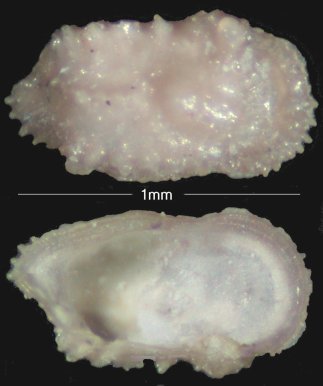 |
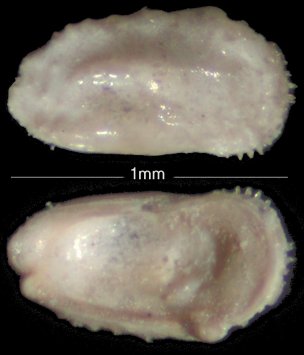 |
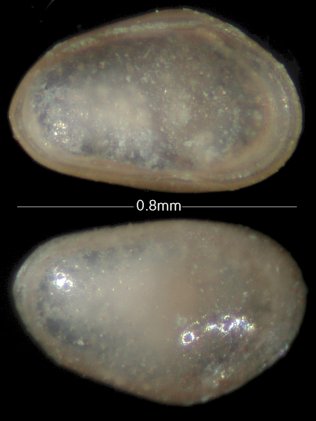 |
Cythereis folkstonensis |
Homocythere harrisiana (female) |
Schuleridea jonesiana (female) |
Sample F-07 - Bed X varicosum Sz |
Sample F-07 - Bed X varicosum Sz |
Sample F-07 - Bed X varicosum Sz |
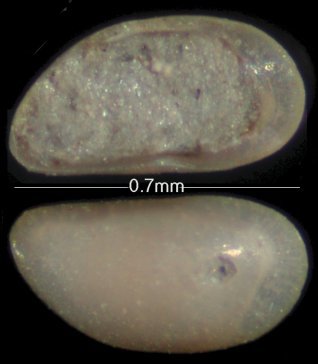 |
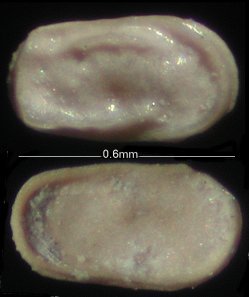 |
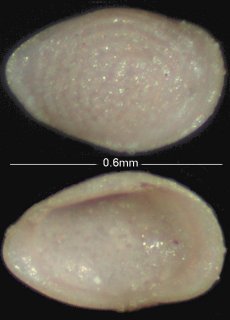 |
Dolocytheridea bosquetiana |
Cytherelloidea chapmani |
Neocythere vanveenae |
Sample F-07 - Bed X varicosum Sz |
Sample F-07 - Bed X varicosum Sz |
Sample F-07 - Bed X varicosum Sz |
 |
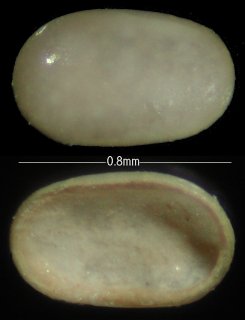 |
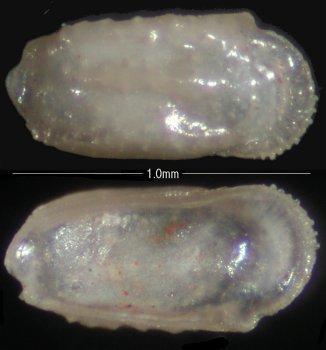 |
Schuleridea jonesiana (male) |
Cytherella ovata |
Homocythere harrisiana (male) |
Sample F-07 - Bed X varicosum Sz |
Sample F-07 - Bed X varicosum Sz |
Sample F-07 - Upper Bed III niobe Sz |
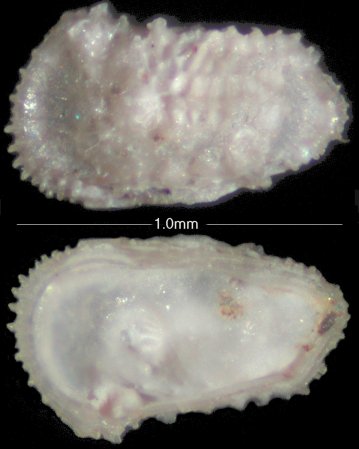 |
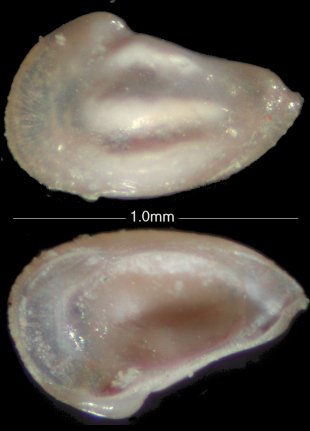 |
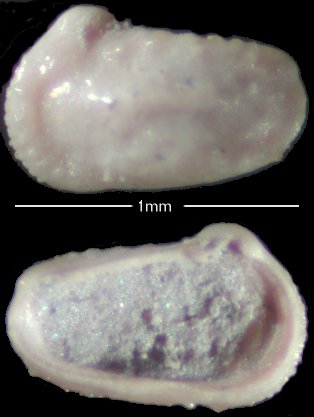 |
Cythereis reticulata (female) |
Protocythere albae |
Homocythere harrisiana |
Sample F-14 - Bed IX orbignyi Sz |
Sample F-14 - Bed IX orbignyi Sz |
Unstratified specimen |
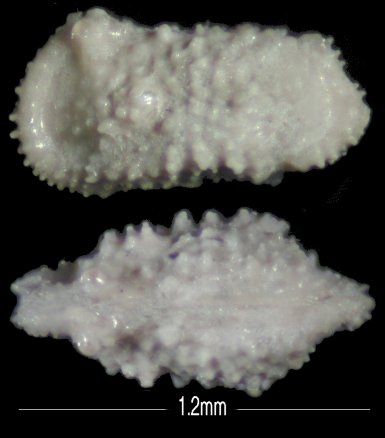 |
||
Cythereis reticulata (male) |
||
Sample F83 - Bed IX (H. orbignyi Sz) |
||
|
References: |
||
|
Brasier M.D.; 1980. Microfossils; London; George Allen & Unwin |
||
|
Hart, M. B.; 1972. A correlation of the macrofaunal and microfaunal zonations of the Gault Clay in southeast England; The Boreal Lower Cretaceous; Geological Journal Special Issue No. 5 |
||
|
Slipper I.J.; 2000. Ostracods of the Gault Clay (Website) |
||
| Go to http://webhostinggeeks.com/science/ostracoda-gaultammonite-ro For a Romanian translation of this web page | ||